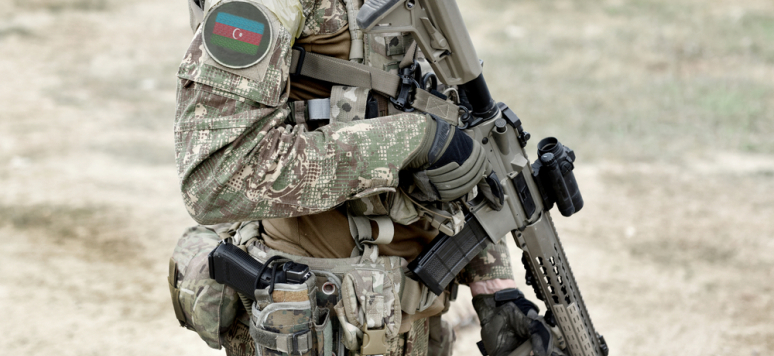Articles hors Ifri - No Peacemakers for the New / Old Caucasian War: Understanding the Armenia-Azerbaijan Clash Order from Chaos: Foreign Policy in a Troubled World. A How-to Guide for Managing the End of the post-Cold War Era. Brookings, September 30, 2020

A full-blown war erupted in the South Caucasus last Sunday, September 27, and as the two belligerents — Armenia and Azerbaijan — mobilize their forces under martial law, no international authority is trying in earnest to stop the hostilities. The conflict over the disputed Nagorno-Karabakh region ignited 30 years ago as the Soviet Union was collapsing and has never effectively “frozen.” The cease-fire Russia negotiated in May 1994 was not backed by a peacekeeping operation, and clashes have kept occurring, most notably in April 2016.
Amidst propaganda salvos on both sides, it’s worth exploring: Why is the flare-up occurring now? What are the new features? And what might be next? The answers are only tentative, but they may help in lifting the fog of mutual accusations and misleading reporting.
Pavel Baev is a Research Professor at the Peace Research Institute, Oslo (PRIO). He is also a Senior Non-Resident Fellow at the Brookings Institution, Washington DC, and an Associate Research Fellow at Ifri, Paris.
Read the whole publication on the Brookings [1] website.
